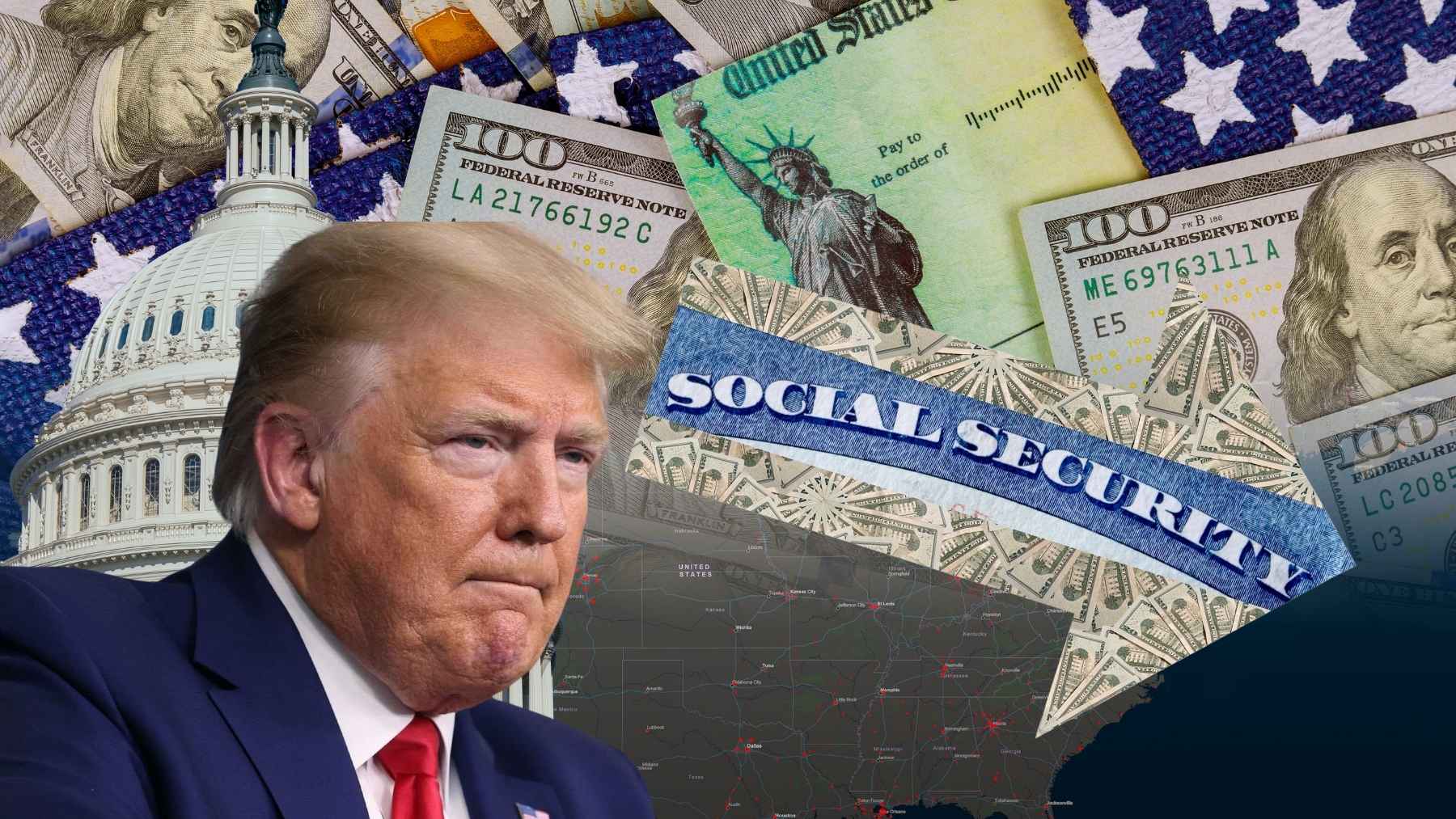In the first quarter of the year, an executive order was issued from the Office of the President stipulating that the use of paper-based payments to and from the federal government is to be phased out as of September 30.
Subsequently, the Social Security Administration (SSA) posted an update on its blog on July 14 confirming that the agency will also be participating in this broader government initiative.
Shifting toward digitization in this way comes as no real surprise, particularly given the increased efficiency it will bring.
And while the vast majority of Social Security beneficiaries had already opted to receive their benefits electronically before the executive order was issued, there still remain around half a million beneficiaries who receive their monthly benefit income via mailed paper check.
Some states will feel the effects of this change more than others; however, the SSA Commissioner has also confirmed that paper checks will still be issued to those who are unable to make the transition. As such, here is what you need to know about this upcoming executive order and who will be most affected by it.
No paper checks starting September 30
A March 25 executive order titled “Modernizing Payments To and From America’s Bank Account” notes that the “continued use of paper-based payments by the Federal Government, including checks and money orders, flowing into and out of the United States General Fund, which might be thought of as America’s bank account, imposes unnecessary costs; delays; and risks of fraud, lost payments, theft, and inefficiencies.”
The order also cites an uptick in mail theft, as well as the high costs associated with maintaining physical infrastructure, as reasons for the change. In the blog update, the SSA cited similar reasons for moving forward—mentioning speed, efficiency, and enhanced security.
The post also noted that, “according to the U.S. Department of the Treasury, issuing a paper check costs about 50 cents, whereas an EFT costs less than 15 cents. This shift could save the federal government millions of dollars annually.”
The number of beneficiaries who still receive paper checks makes up less than one percent of the total, but this small share still amounts to at least half a million individuals.
Top five states with high volumes of paper-check recipients
Social Security beneficiaries who still receive their benefits as a mailed paper check span the entire country; however, some states have a higher concentration of these non-electronic payments than others. Listed below, in ascending order, are the top five states with the highest volume of paper-check recipients:
California (62,409)
Texas (36,919)
New York (32,867)
Florida
Ohio (28,131)
The SSA is currently including an insert explaining this change with the paper checks it sends out; however, if, for any reason, a beneficiary is unable to make the switch, exceptions will be made. There are various reasons a beneficiary may not be able to receive benefits electronically, such as being unbanked, living in a rural area, or not having access to electronic banking systems.
As such, a July 23 update from Senator Elizabeth Warren, who had spoken directly with SSA Commissioner Frank Bisignano, confirmed that the agency will continue to send out paper checks to those who need them, regardless of the SSA’s announcement to “stop issuing” paper checks.
“In the meeting with Senator Warren, Commissioner Bisignano backtracked, confirming that paper checks will remain an option for beneficiaries who need them,” per Sen. Warren’s press release.
The following individuals will be exempt from switching over to electronic payment methods, according to the Treasury:
- They have a mental impairment that would make receiving payments electronically a hardship.
- They live in a remote area without the infrastructure to process electronic financial transactions.
- They are 90 years of age or older.

